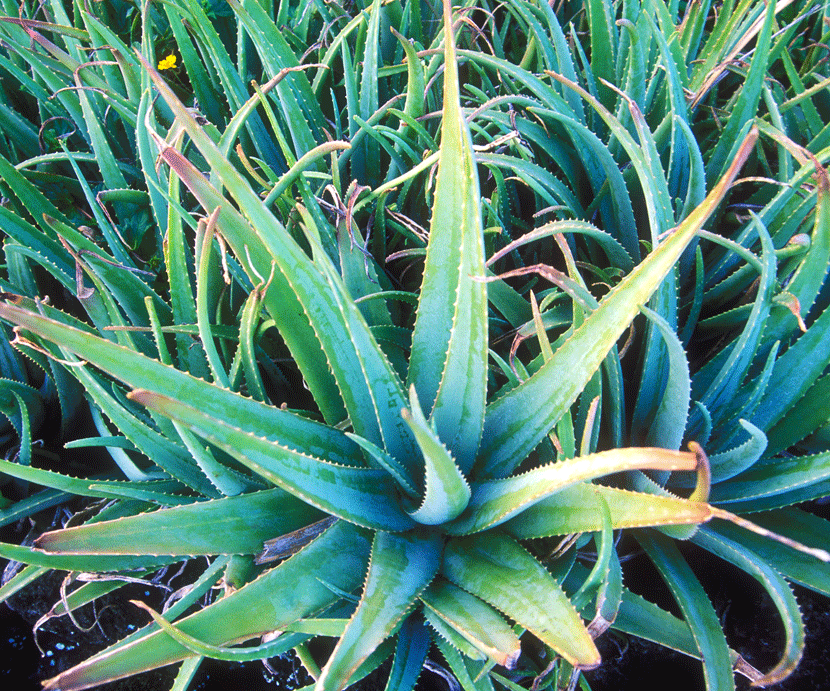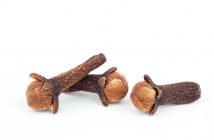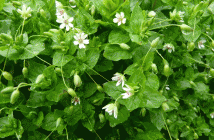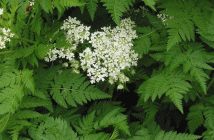 Aloe (Aloe Vera) is a perennial succulent native to East and South Africa; it is presently cultivated throughout the tropics, most notably in the West Indies. Aloe’s fibrous root produces a rosette of fleshy basal leaves. The leaf tissue contains a mucilaginous extract from which aloe gel is produced.
Aloe (Aloe Vera) is a perennial succulent native to East and South Africa; it is presently cultivated throughout the tropics, most notably in the West Indies. Aloe’s fibrous root produces a rosette of fleshy basal leaves. The leaf tissue contains a mucilaginous extract from which aloe gel is produced.
Aloe possesses an illustrious past. It was allegedly used to embalm Pharaoh Ramses II as well as to preserve the physical remains of Je¬sus Christ. Immediately prior to setting sail for the New World, Co¬lumbus wrote in his diary, “All is well, aloe is on board!”
John Heinerman states that no other herb has been touted so highly by medical and dental practitioners in modern times. Aloe contains ninety-six percent water, making it possible to supply that vital ingre¬dient to injured tissue without closing off the needed air supply. Ac¬cording to the December 1981 issue of Runner’s World (Heinerman, 1996), the balance of the plant “contains complex carbohydrate mol¬ecules, believed essential to aloe’s natural value as a moisturizer. Substances present include … enzymes, trace sugars, a protein con¬taining 18 amino acids; vitamins; minerals like sulfur, silicon, iron, calcium, copper, sodium, potassium, manganese, and more. The mix¬ture of active ingredients in aloe is called aloin … It’s responsible for the plant’s healing properties” (p. 12).
Aloe has a proven track record in the treatment of a wide range of
conditions, including:
• X-ray burns, sunburn, and chemical burns
• Traumatized tissue (after normal and regular cleansing)
• Decubitus ulcers or bedsores
• Primary candidal dermatitis (skin inflammation caused by in-fection of the yeast Candida albicans)
• Stomal ulcers (intestinal ulcers between the stomach and the je¬junum)
• Herpes simplex
• Periodontal surgery
The Council’s future plans include continuing education classes for health care providers, herb growers, and the public at large; more book signings, book and plant sales, and medicinal theme gardens; expanded tours of the gardens conducted by visiting herbalists; an upgraded resource center; and additional interaction with the local community.
ABC is accessible at P.O. Box 144345, Austin, Texas 78714-4345; phone: (512) 926-4900; fax: (512) 926-2345; e-mail: abc@herbalgram. org; Web site: www.herbalgram.org.
American Botanical Council Home Page: www.herbalgram.com.
Blumenthal, Mark. Cover letter-with enclosures-from founder and executive di¬rector of the American Botanical Council, announcing charter membership pro¬gram, Winter 2001.
HerbalGram. Quarterly. Austin: American Botanical Council, 1984-. [individual issues].
Aloe Vera (Aloe)
Share.



